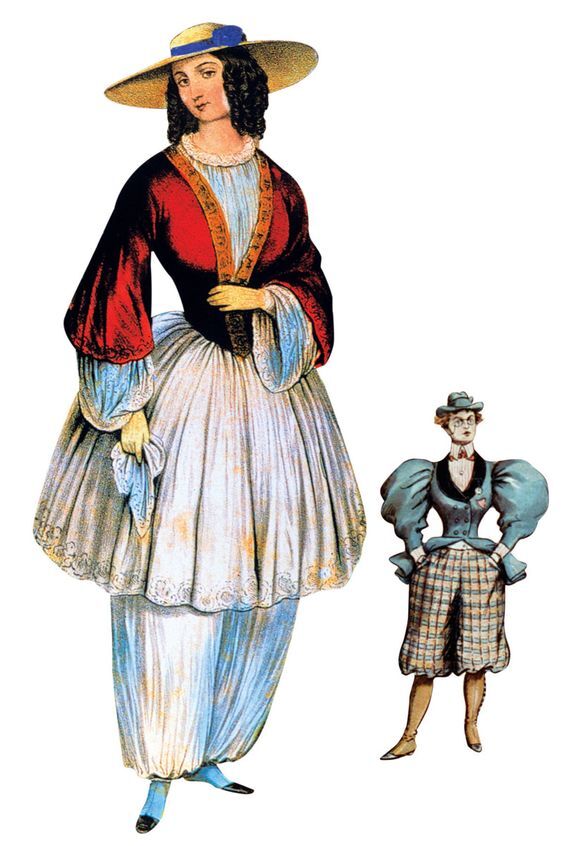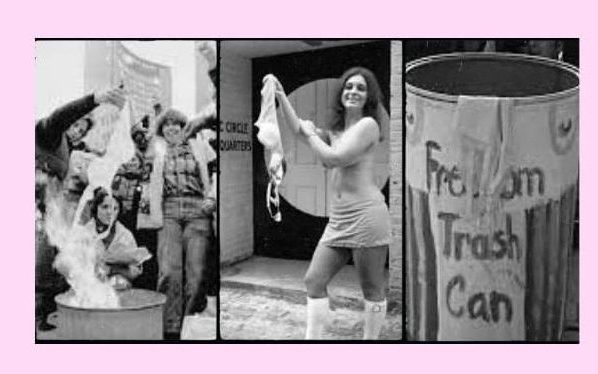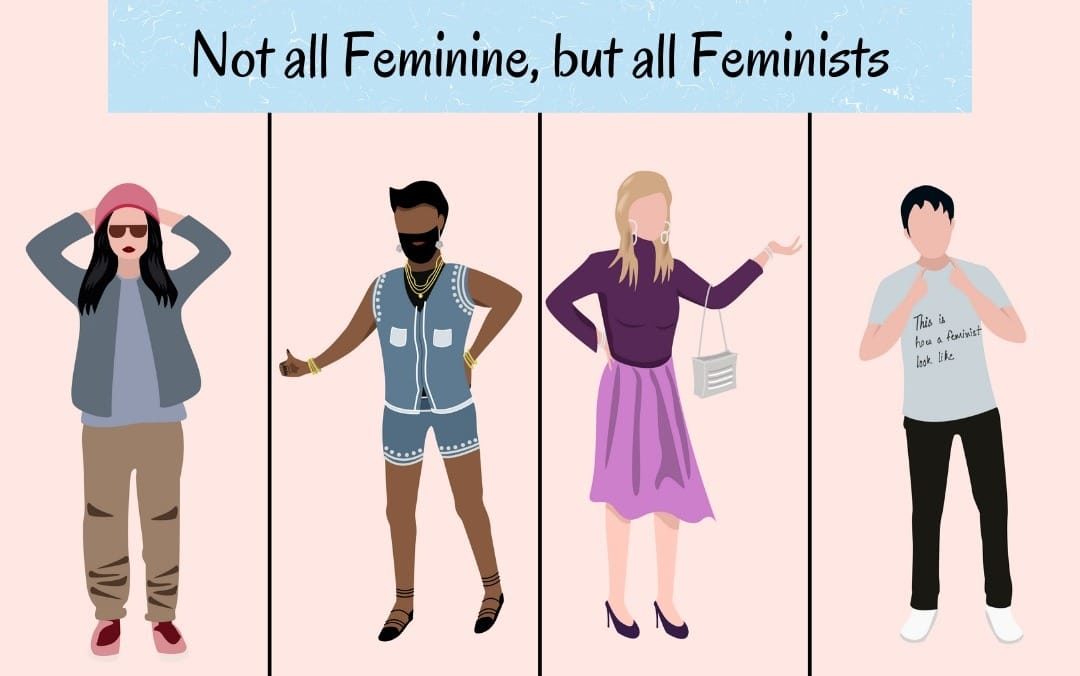
“There’s a big emphasis on how women can wear lipstick and heels and be a feminist, or you can wear none of that and be a feminist” – Clara Berg
Feminism is not ‘hating men’, it is respecting women and celebrating their individuality like any other deserving person; it is about recognizing individuality and its moral values, and the patriarchy’s attempt to smash these values is as important as a tree is to a fish.
Unlike the many factors, especially fashion, which have upheld feminism for decades. From feminist movements to Dior’s sisterhood t-shirts, fashion continues to advocate solidarity. Speaking of which, the fashion industry has come a long way since the first wave of feminism took place.
Feminist fashion trends were, and are one of the cornerstones in the waves of feminism. Even now as we course through the fourth wave, feminist fashion is all the more direct. A notable example would be the designer Danial Aitouganov who blended vivid colours with utilitarian details for women who, quoting him, are “free, smart and rebellious”.
One of the first known feminist garments created was the “bloomer dress”.

The objective behind this slightly uncharted dress was comfort. Despite its active promotion by many suffragettes, unfortunately, the dress didn’t last long. The reason being, many women started to find it physically unappealing.
This little detour in the establishment of feminism did not stop the 1960’s bra-burning movement that proved to be liberating for women.
This was the result of the second wave which proposed to make a stand for women’s rights. After all, wearing a bra is a choice, not a necessity.

To some, the idea of liberation seems to lack in the prolific corset. Crafted by Roxey Caplin in the 1800s, this timeless bodice was intended to accentuate women’s figures and boost confidence. However, the societal gaze couldn’t leave the corset out of its spectrum.
Soon the tight lace-like structure became the sensation of oppressive ideologies; women ‘felt the need’ to pinch their waists into smaller and smaller figures, and fashion that requires an idealized size is always deemed oppressive. Lacing up just enough to take your breath away, quite literally, was À la mode.
Sadly, the patriarchy that rooted oppression against women still manifests today; if it was a corset back then, it’s misogyny in the corporate world now.
The notion shifted from feeling confident to looking hyper-feminine which begs the question, is femininity the opposite of feminism? I wouldn’t hesitate once before saying that the fashion industry is the sanctuary for female forces and for all those who admire the bohemian styles (I know I do). Fashion is individualistic and so is committing to femininity.
One of the reasons why feminism emerged subtly was because of the stereotype many women believed in; to be an activist for women’s rights you’d have to lose basic fragments of the feminine nature i.e., stop the removal of body hair, wear ‘masculine clothes’ and just lose the overall appearance as a lady. Well, my fellow ladies, let me tell you that feminist femininity is not a myth.
Our once known symbol-of-oppression corsets are now boldly worn to show sexual freedom and empowerment. There is a reason why I described them as being timeless; how much more brazenly trendy and feminine can corsets get?
So, in a word, NO, feminine is not the opposite of feminism, and time and again fashion styles have proved this. Be it Coco Chanel’s skirt suit as a power symbol or Mary Quant’s mini skirts, fashion trends didn’t only make feminists feel liberated but also successful and self-assured. To add to this proud picture, some of the lingerie brands, including Savage x Fenty by Rihanna, outdid themselves by laying down the meaning of ‘inclusive feminism’ on the runway by making lingerie for every size and body type. What do I tell you, brands run by women and for women ought to appreciate all women without masquerading as owning themselves.
To me, fashion and feminism coexist; feminism is the real undying trend that fashion can never leave out. Although, the compatibility between these two elements is questionable. I say this because, while our wardrobes have been revolutionized throughout centuries, a fair bit is yet to be accomplished.
Even now, a lot of brands are yet to adopt the body-positivity mindset and many of us need to understand that adhering to fashion is not anti-feminist. Being interested in urbane or rebellious styles is not silly, on the contrary, it is powerful and rewarding.

You have probably heard that your clothes give you a voice when you can’t speak. For years this was the statement women devoted to and wore their rage on their sleeves; power dressing became the maxim of every feminist.
Besides, we can’t spell power without taking a look at Hillary Clinton’s pantsuit, worn by her during the presidential campaign in 2016. All of us, including me, have known white to be the colour of purity and honour. Clinton redefined this meaning as her white pantsuits are now well symbolized as power, equality, and feminism. Just when we thought white never seemed better, black came in the play to compliment it; celebrities protested against sexual assault in the workplace by wearing all-black outfits.
We have come a long way and we have a long way to go. You’d have to concede that there is no silver without its dross. We can’t stop protesting, ever. So, make fashion your best friend; make some noise with them heels, put on a red lipstick, dress to see your reflection in the store windows, and whatever you do, never forget to keep your inner feminist hot, under the collar.
Author: Nandini Rao
Editor: Gurpreet Kaur Bamrah
Visual Content: Bhanu Pratap Singh

Nandini Rao
Author
Nandini is a published blog author at Panorama361 and the Content Lead at PRCI YCC, Shoolini University. She likes to spend her time with novels and cats. Being a Math enthusiast, she also has her own blog: Math Hysteria ( https://www.theversit.com/ ).
